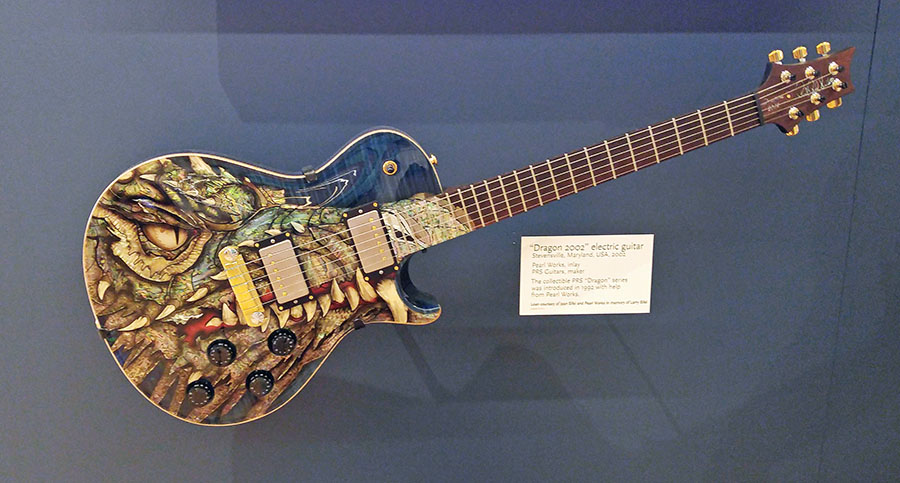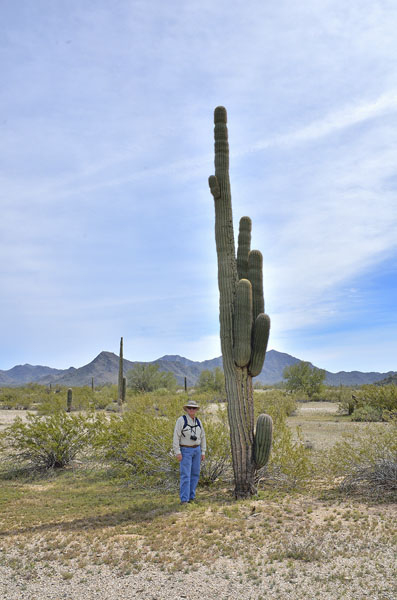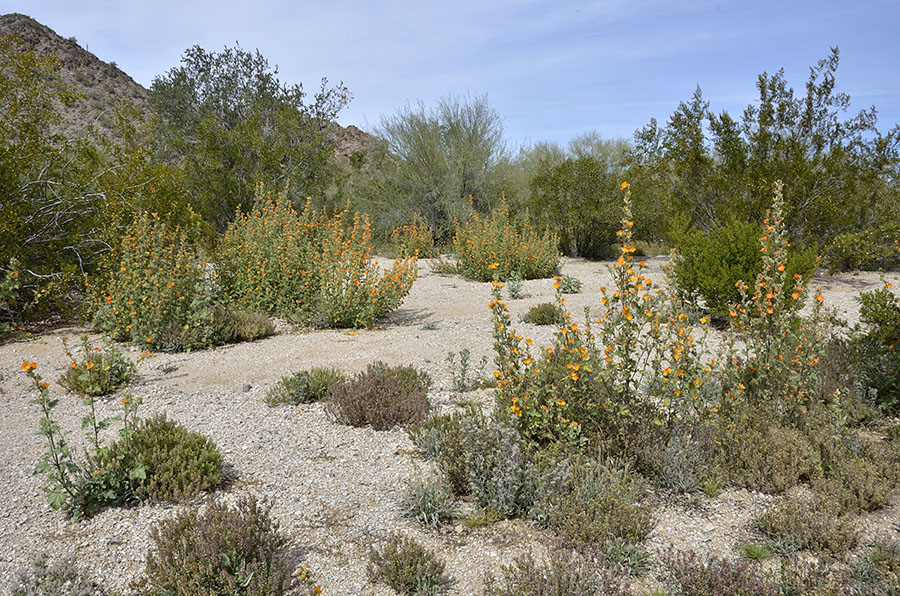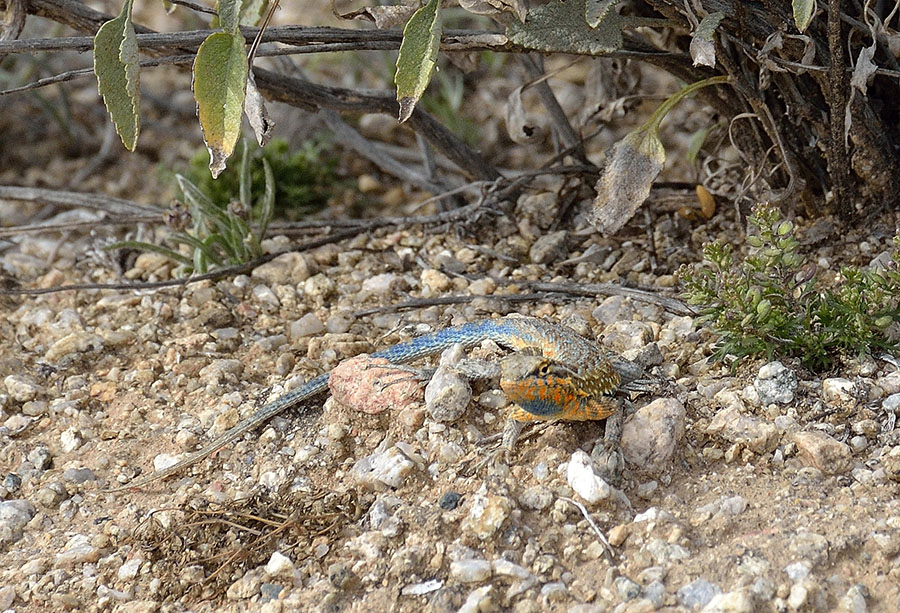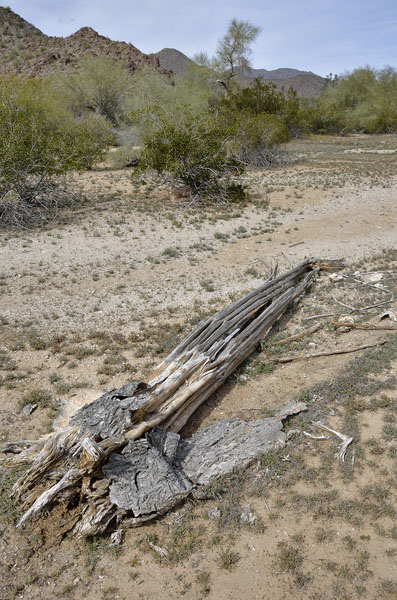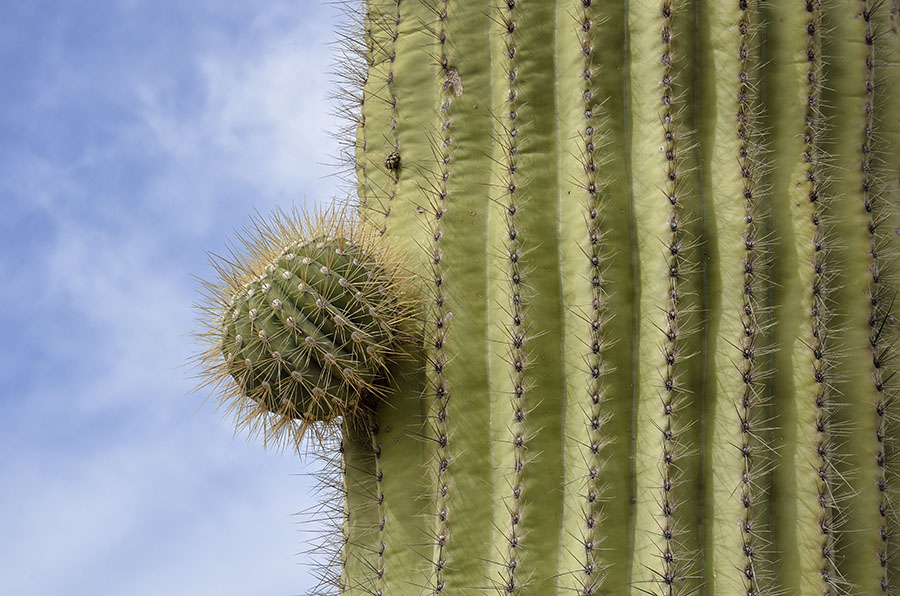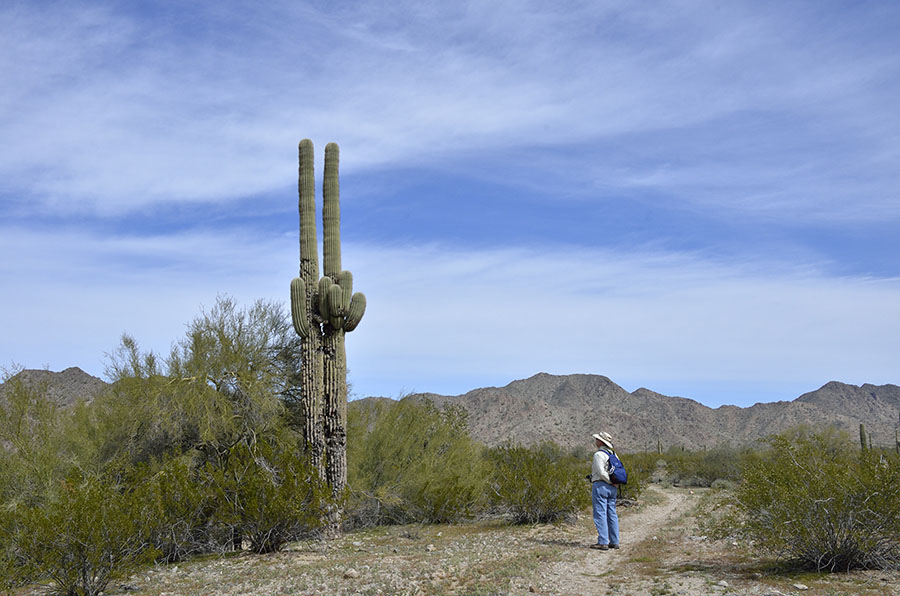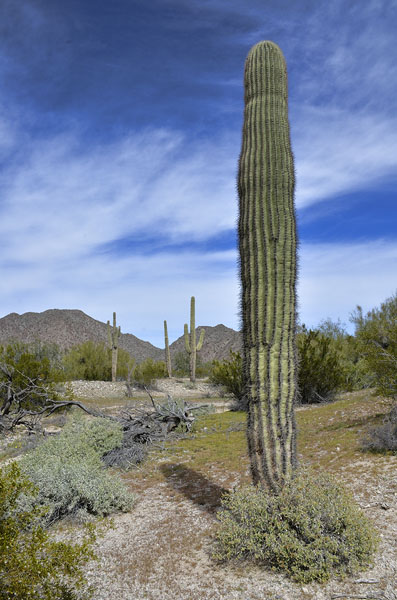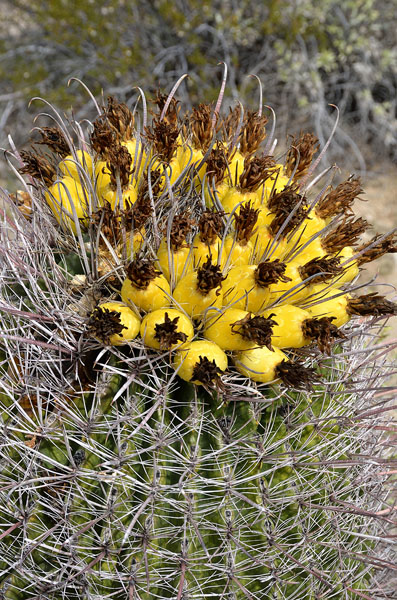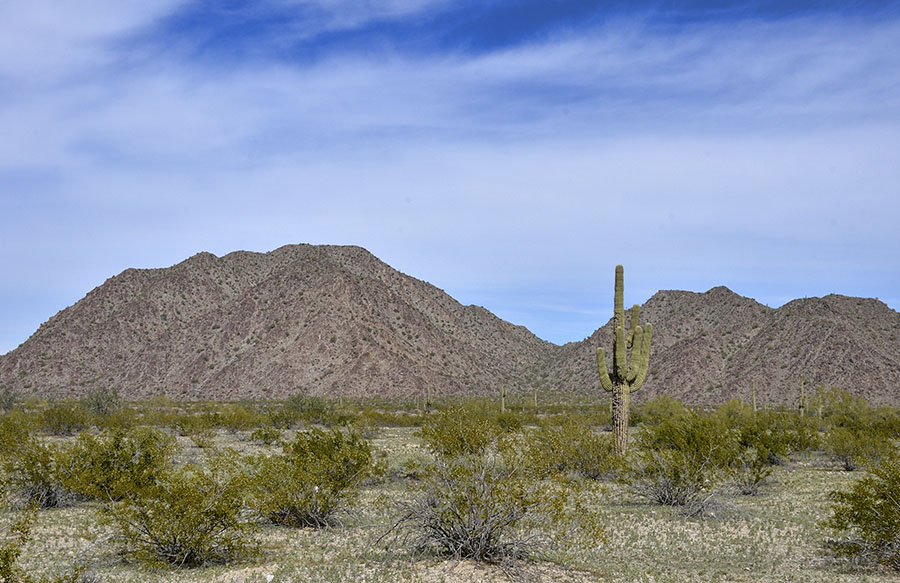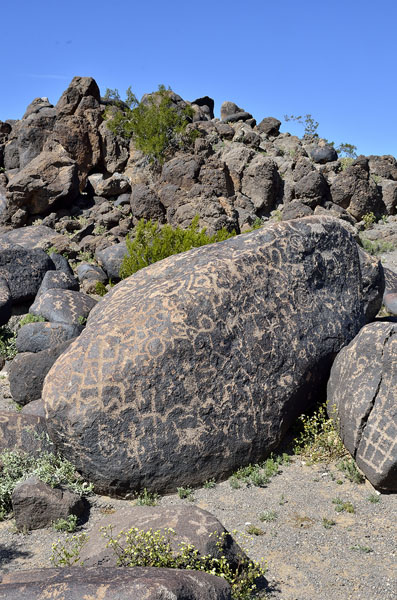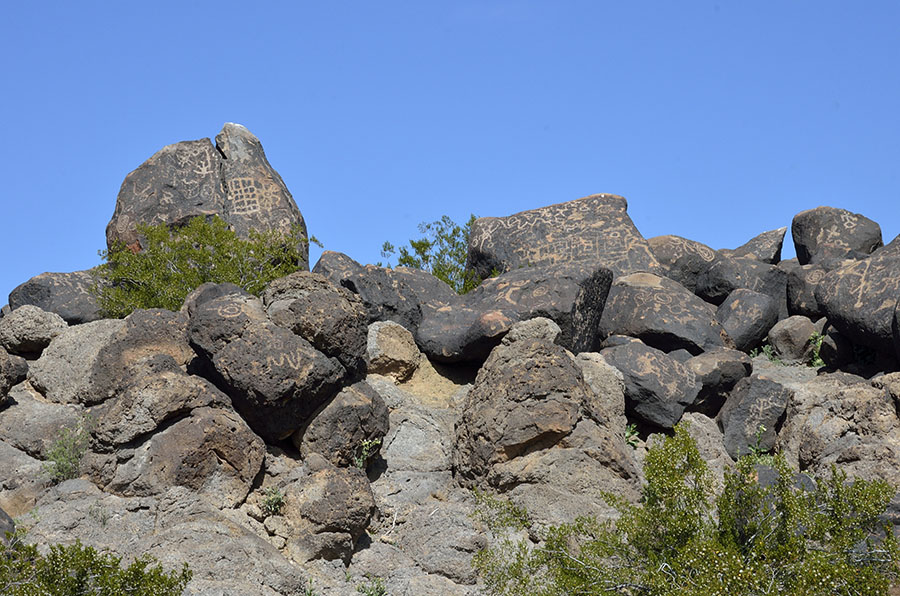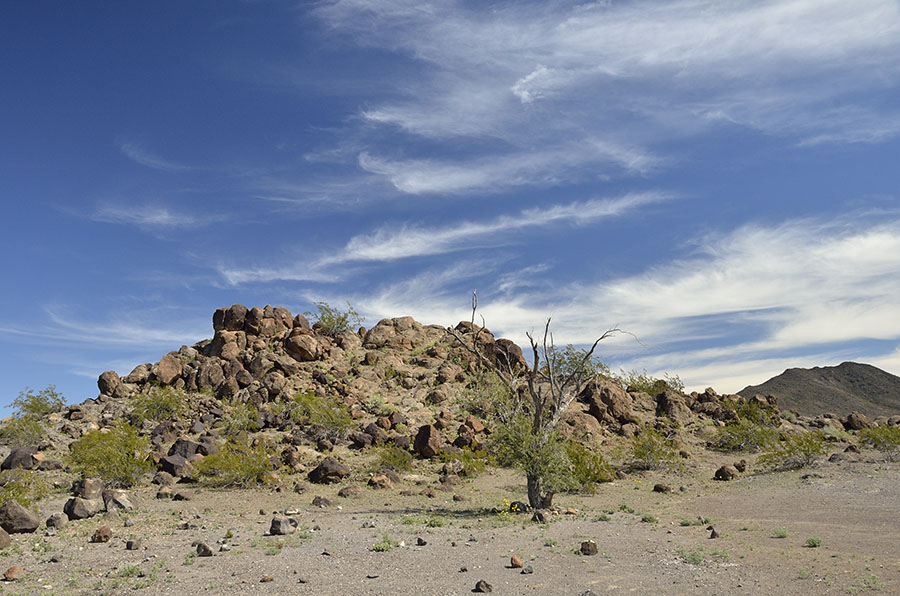And now for something completely different…
Jim wanted to zip up to Phoenix for a day to visit the Musical Instrument Museum. Now, I love music and am always interested in the various instruments, but of all the ways we could spend a day in a different state… I wasn’t overly excited. I was fabulously WRONG. The MIM is AMAZING, and we could have easily filled two days enjoying it!
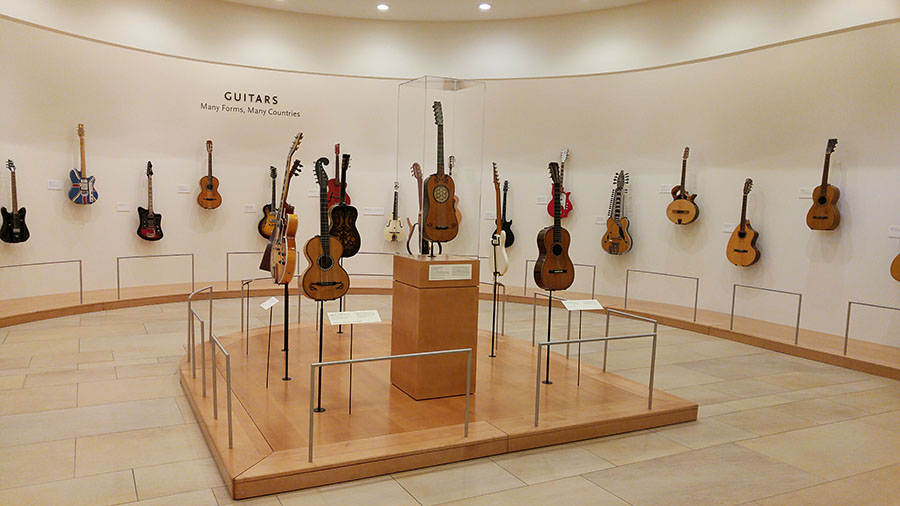
It’s a “living” museum, with collections from literally all over the world… every country.
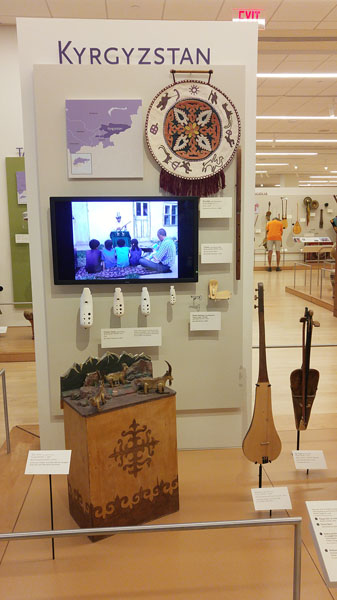
Each museum visitor gets a set of headphones connected to a little radio you can clip to your belt. As you approach any of the hundreds of TV screens, the audio fades in and you can listen to interviews and performances that are just wonderful.
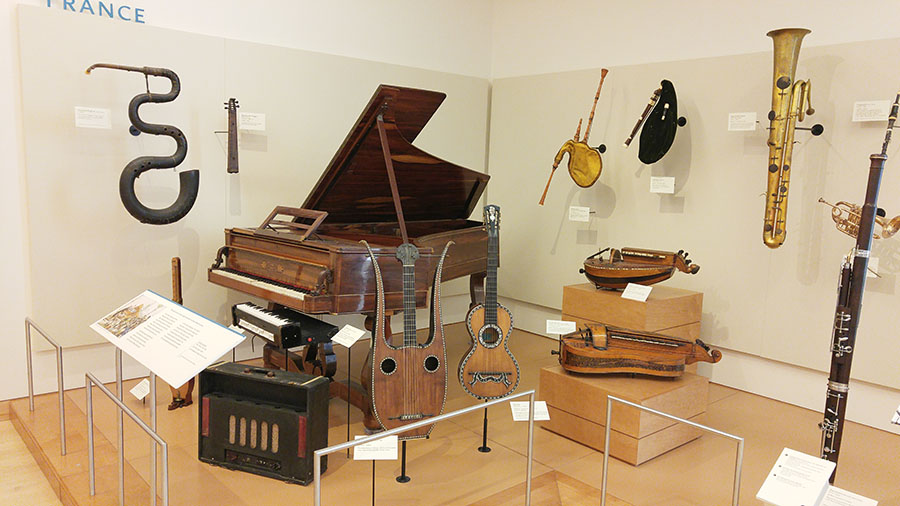
I can’t remember which country, but one of them didn’t have adequate access to brass so they created equivalent brass instruments from bamboo. They sounded pretty good! The bottom line is that music is a universal language, and it seems that it’s something that human beings all need to speak in one way or another. What struck me was how common certain instruments were around the world, from vastly different climates and cultures such as bagpipes, guitars/lutes and zithers.
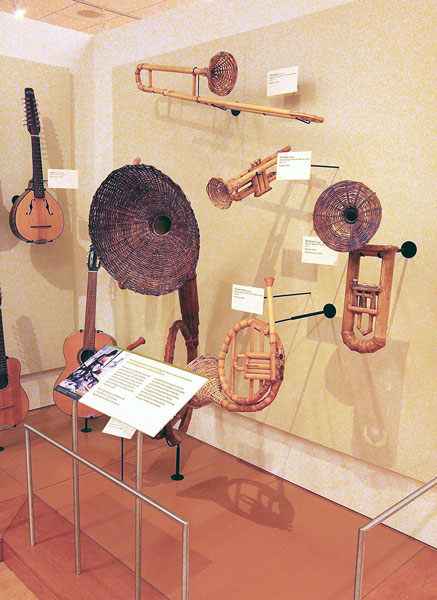
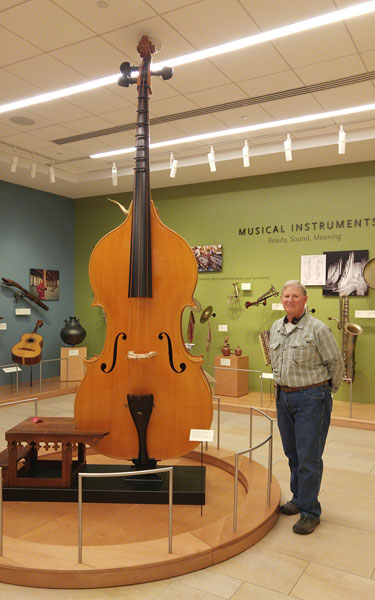
The Mechanical Music Gallery was enchanting – player pianos, music boxes, late 19th century singing birds, and a few orchestrions (that still work), among other treasures.
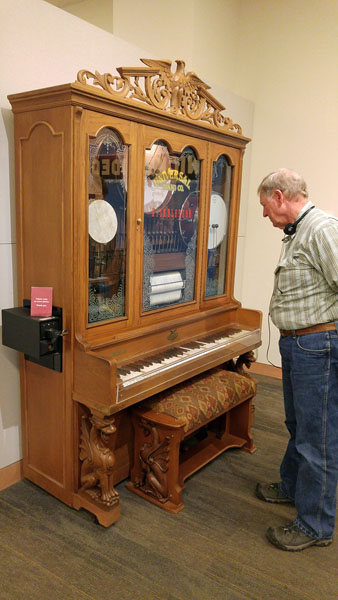
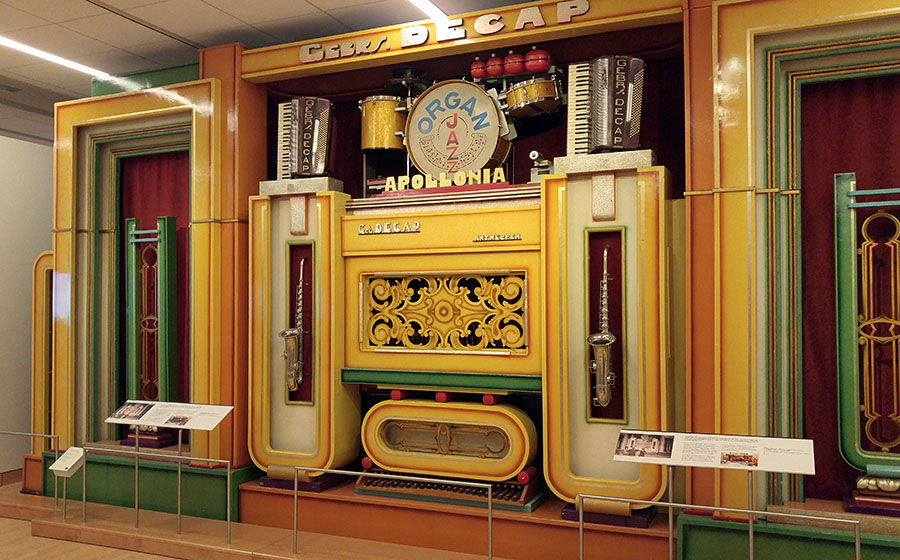
A special exhibit called “The Electric Guitar – Inventing an American Icon” is going on at the MIM right now (through September 15) – if you have any interest in guitars you MUST SEE IT! Wow. Photographs just don’t convey the breadth and depth of this exhibit, with about 80 different electric guitars and amps, as well as other instruments that have been electrified beginning in the 1930s.
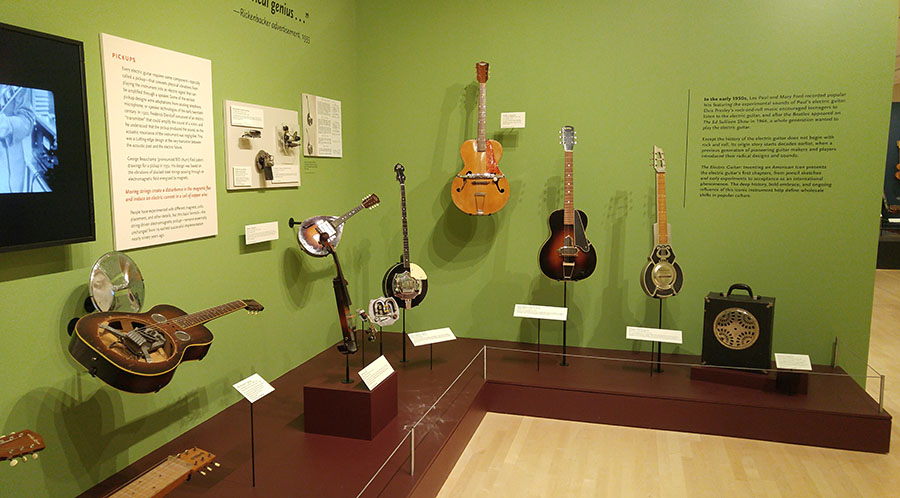

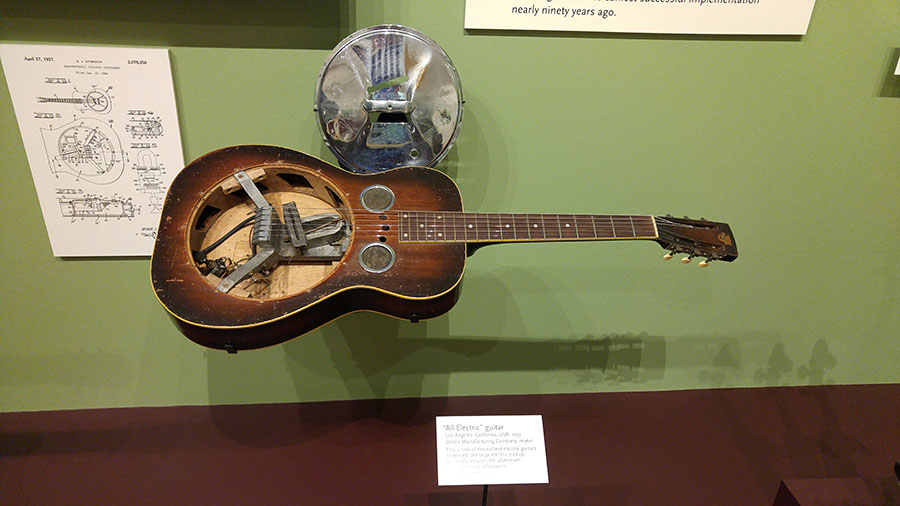
There were samples of electric guitar music from all genres spanning almost 90 years, with explanations and interviews and iconic performances.
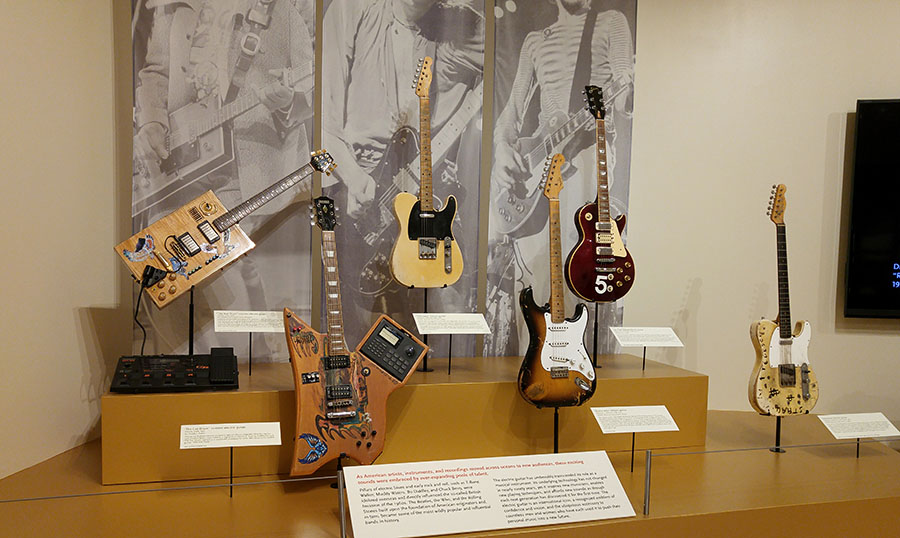
We spent the entire day and had to race through the upstairs galleries because we just ran out of time, wishing we had another day to savor it all. This last photo is of a custom guitar built by Paul Reed Smith (PRS) in Annapolis, Maryland – our friend Jim’s favorite brand…
